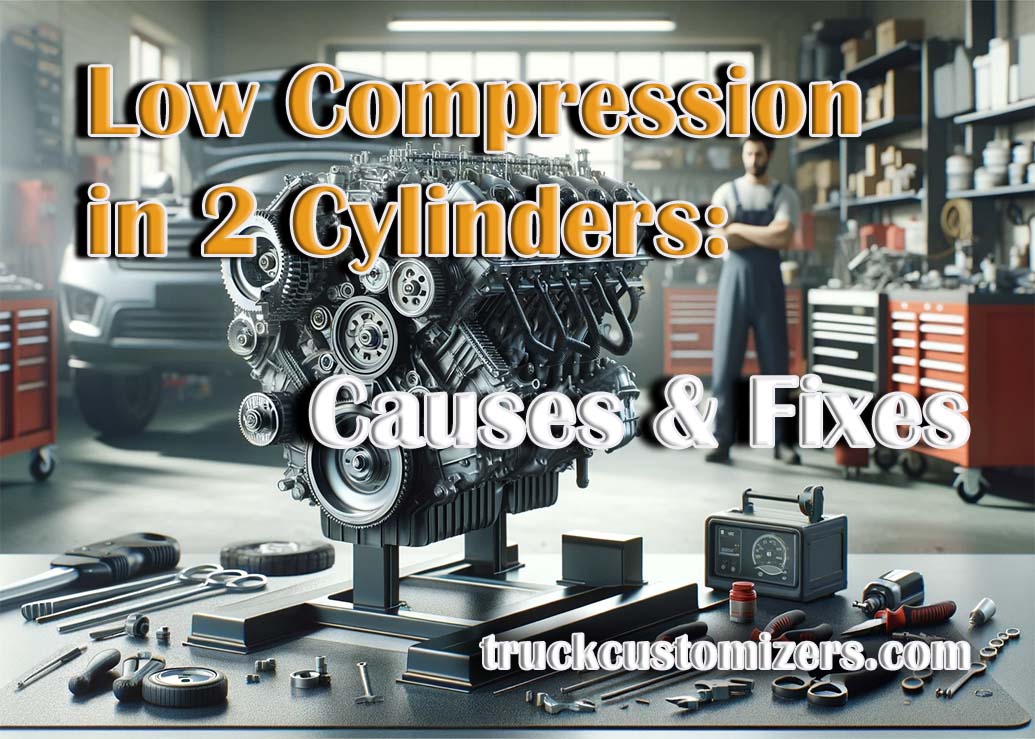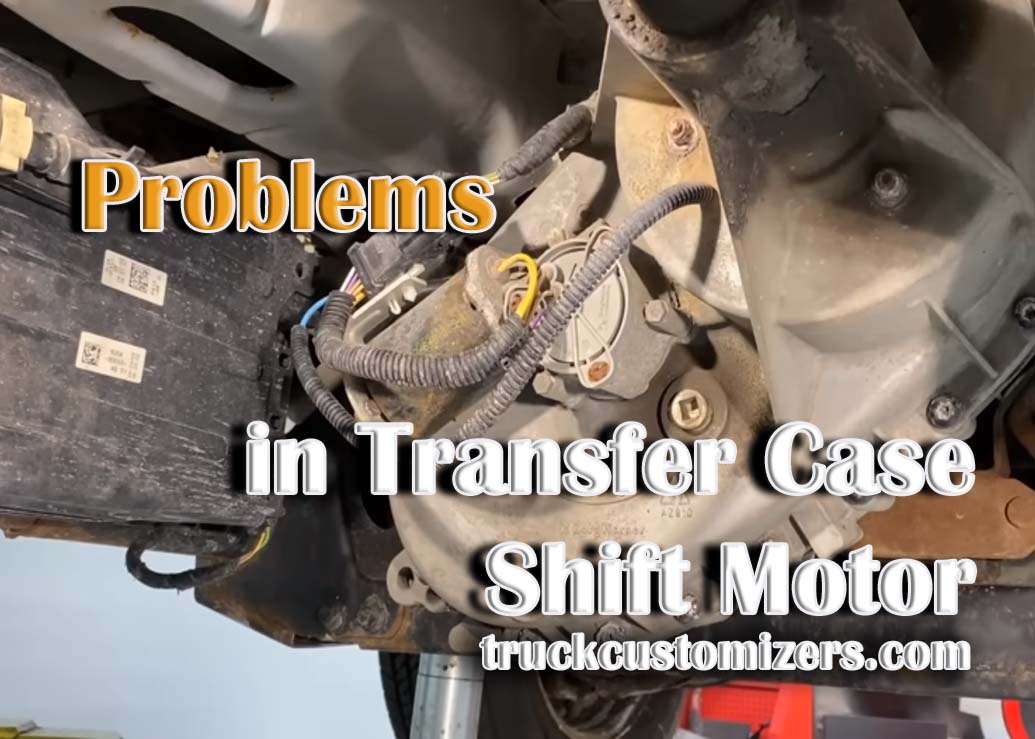Having low engine compression isolated specifically to two cylinders can lead to misfiring, lack of power, difficulty starting, and ultimately poor overall performance. Unlike universal compression declines stemming from generalized wear or system-wide issues, when problematic symptoms manifest in just two cylinders the underlying root causes often come down to more localized mechanical faults or failures within those specific cylinders.
What Triggers Low Compression
There are a few common culprits responsible for triggering localized compression losses down to just two engine cylinders:
Leaky or Stuck Valves
Over time exhaust and intake valves can suffer issues with carbon buildup, small burn damages or general wear that hamper their ability to seal properly during the compression stroke phase. These compromised valves then allow precious pressure leaks and losses to occur between the cylinder and combustion chamber space.
Cracks Causing Air Leakage
The constant expansion/contraction cycles of the metal components making up parts of the cylinder overtime can result in the formation of tiny microscopic cracks or in worse cases larger visible fissures. Both provide additional paths for air pressure leakage allowing built up compression to escape out of the cylinder lowering efficiency.
Worn or Damaged Piston Rings
The piston rings play an integral role in sealing off the combustion chamber space and maintaining optimal pressures and compression. But breakdowns in the ring material composition itself or the gradual formation of gaps between ends from persistent wear reduces the integrity and ability of these vital components to keep compression sealed in despite the movement of the piston.

Pitting, Gouges or Deformations
The combination of severe cyclical operational heat/forces and contact against the metallic cylinder liners and piston crowns over tens of thousands of ignitions and power cycles eventually takes a major toll. This leads to pitting, deep gouges, small holes, and other physical deformations forming in these critical moving parts. All then provide additional paths for blow-by and compression leakages.
How to Troubleshoot Low Cylinder Compression
Identifying the specific cylinders experiencing performance declining compression losses for further diagnosis starts with standard tests like:
-
Pressure testing individually across all cylinders with a compression gauge to pinpoint the lowest readings
-
Detecting localized power losses and misfires under acceleration load to identify potential problem cylinder areas
-
Observational checks for increased blow-by gases within the crankcase and oil filler areas indicating compression leaks
Combining these standard mechanical tests allows narrowing down root causes to smaller rebuildable components vs engine-wide issues needing full overhauls when possible.
Options for Repair and Restoration
In order to properly restore a smooth and leak-free compression seal capability across the full set of engine cylinders, typical repair options for only the identified problematic cylinders include:
-
Precision Cylinder Reboring – This machining process eliminates significant damages and renews the surface roundness essential for the piston rings to seal against.
-
Valve Refacing and Seat Grinding – These procedures help re-flatten valve sealing surfaces and renew their fit against cylinder heads to restore lost compression integrity.
-
Piston and Piston Ring Replacements – New or oversized pistons and ring sets with tight precise tolerances aid compression sealing within worn or slightly out-of-round cylinders.
-
Cylinder Wall Sleeve Replacements – In cases of extreme cylinder damage such as cracks or pitting a sleeve replacement provides a durable crack-free liner for renewed sealing.
If broader engine wear issues are uncovered a full engine rebuild may be necessary for sufficient ongoing longevity. Alternatively, if a replacement powerplant swap is deemed most cost-effective, be sure to cross-reference specifications like compression ratios when exploring options to ensure aligning Ford Ranger Slave Cylinder Issues.
The Bottom Line
When low compression problems can be isolated to just two engine cylinders it presents opportunities to target rebuilds or repairs toward only those damaged components once properly diagnosed. However, if testing indicates wider internal wear, tear, or performance declines, more extensive overhauls or outright engine swaps present better solutions for restoring smooth and lasting operation across all cylinders. Essentially taking these localized symptoms as early initial warnings signs provides cost-saving options before unavoidable full rebuilds become inevitable.



